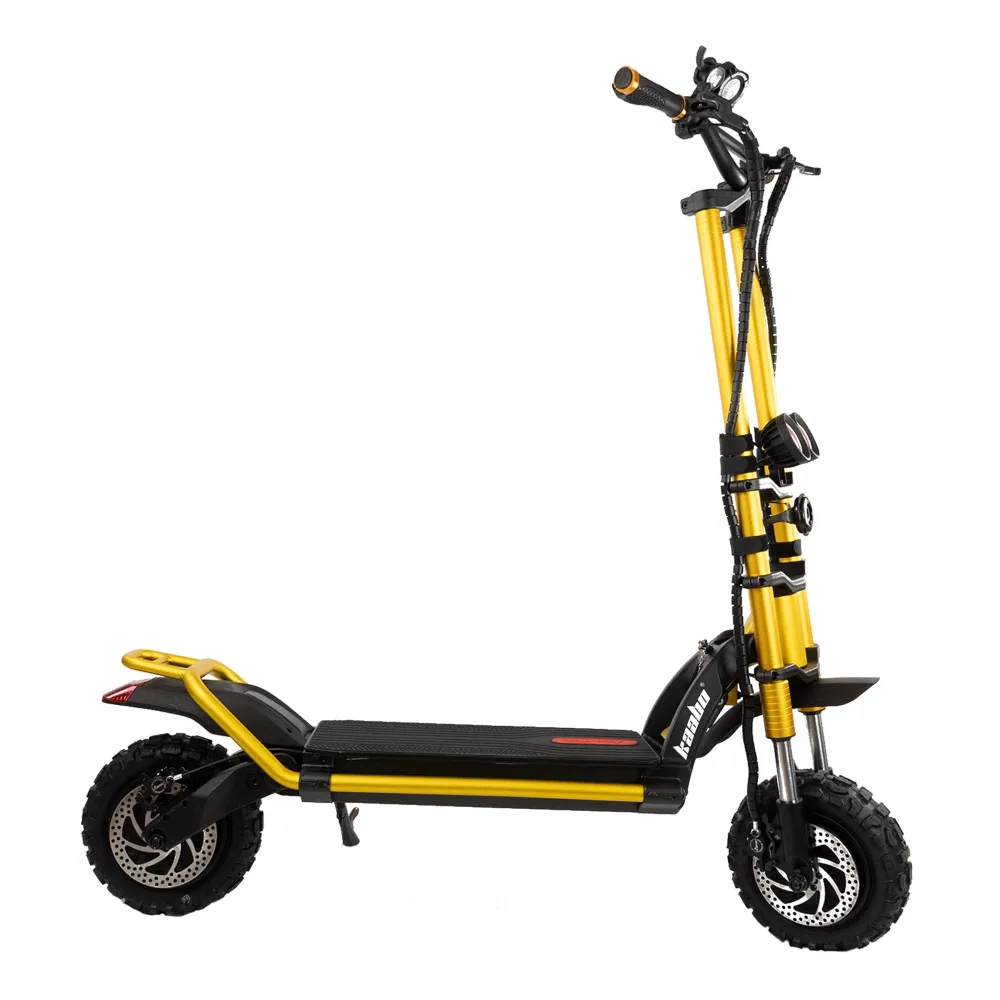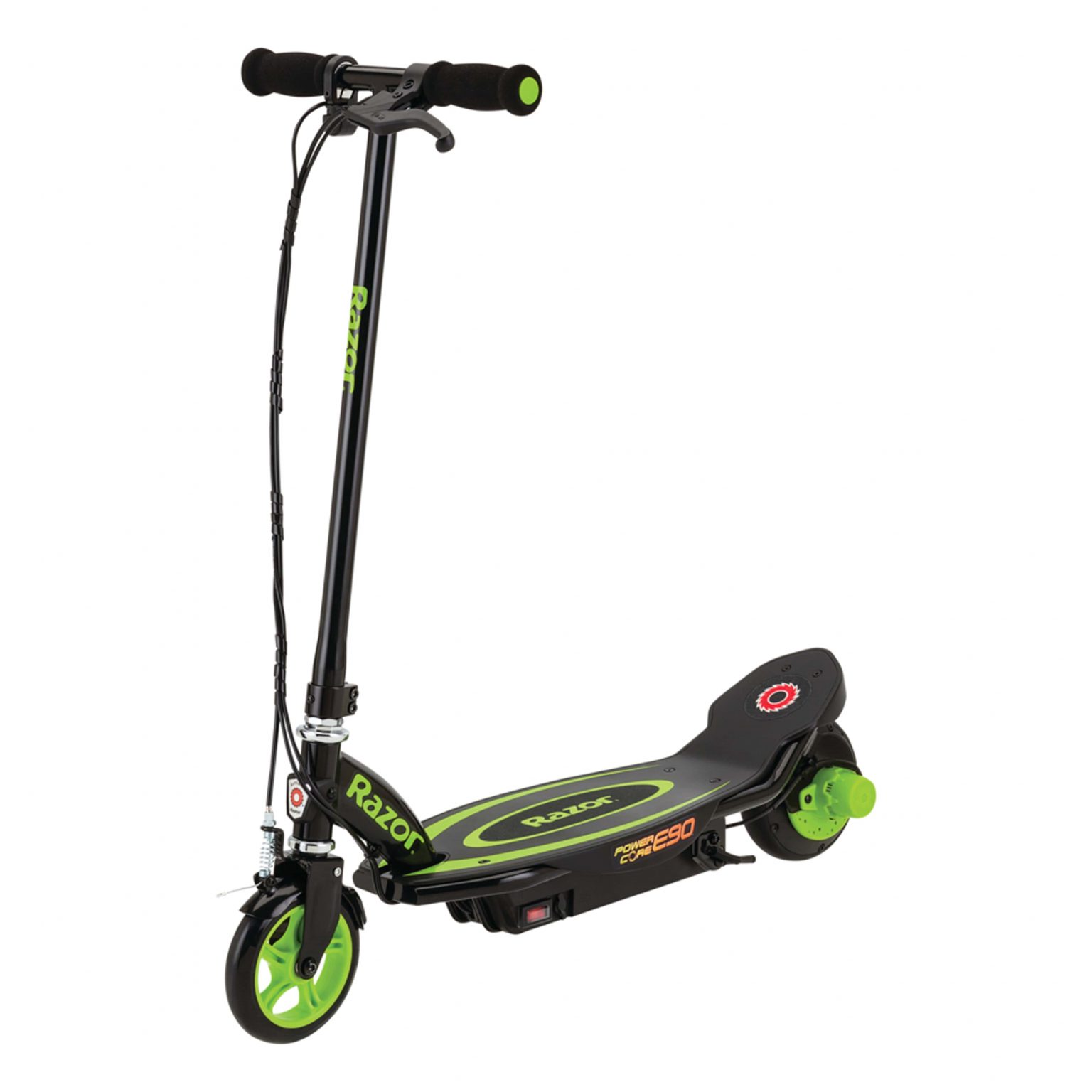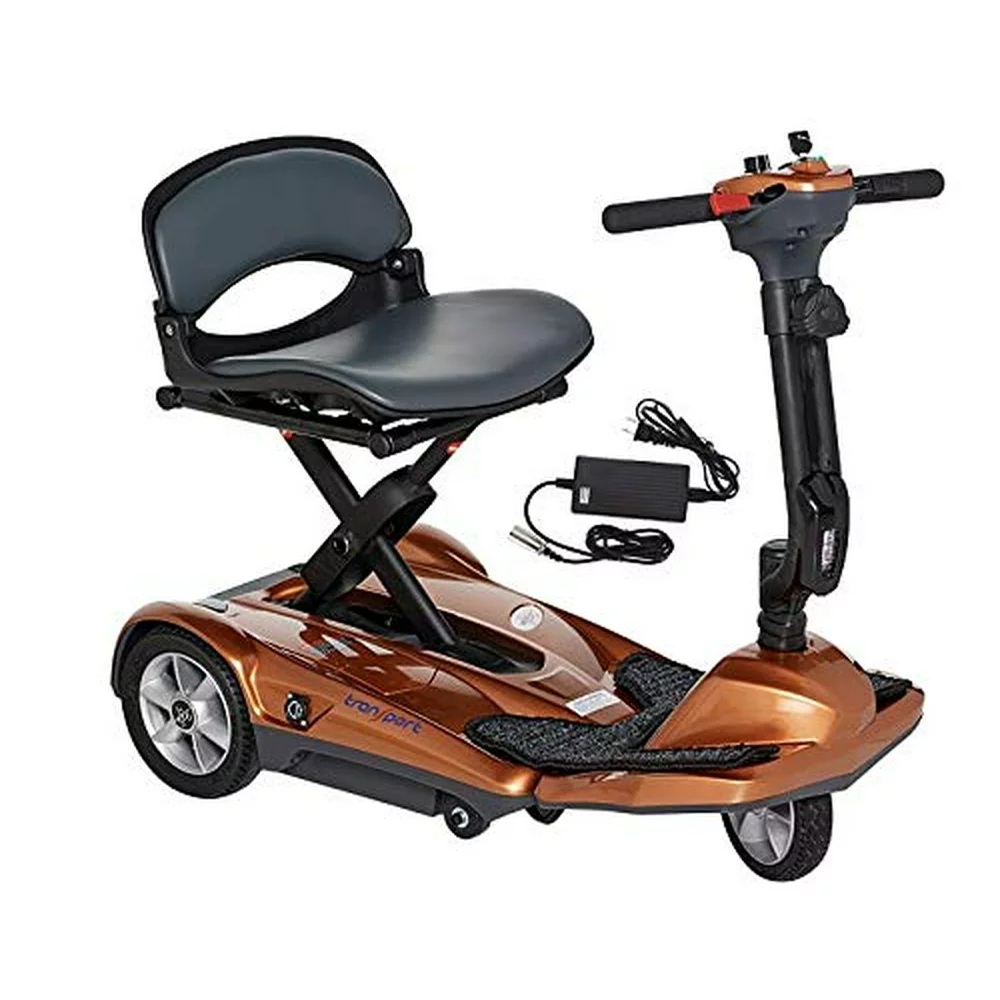I. Introduction
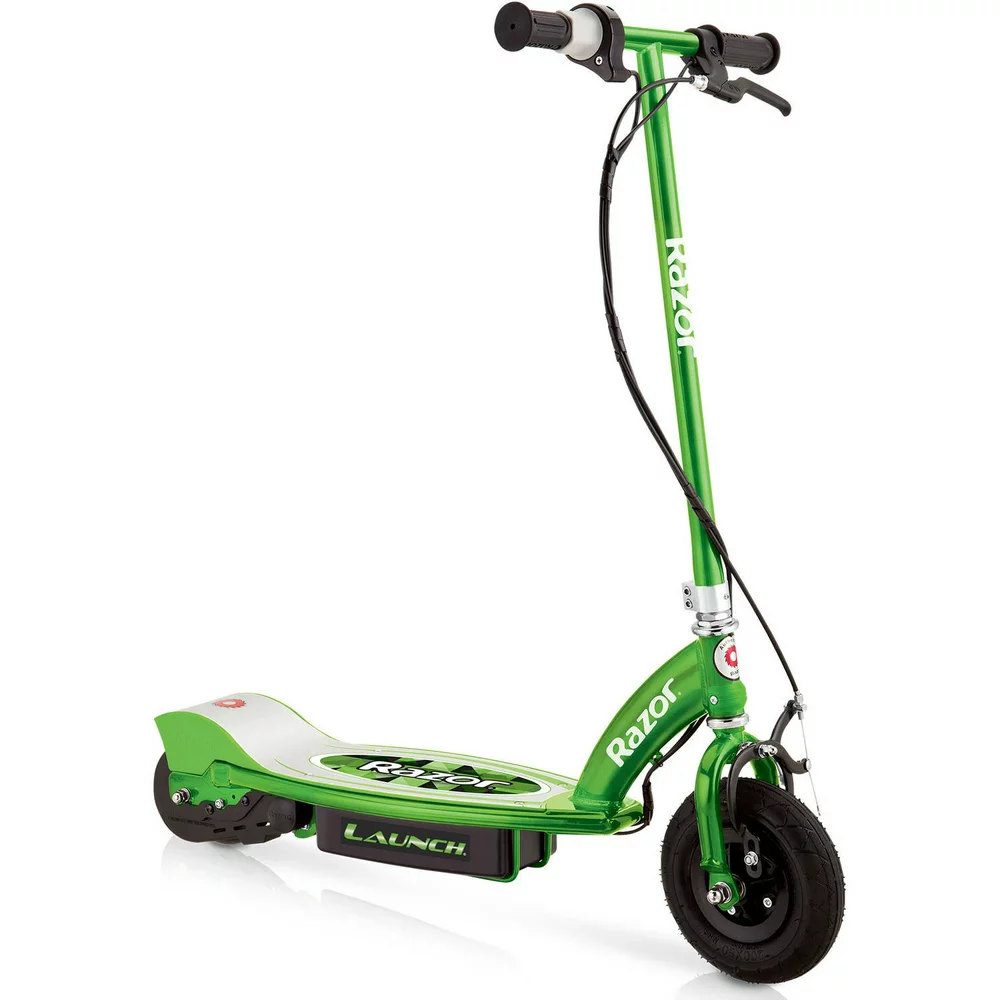
Scooter insurance is an essential aspect of owning and riding a scooter. It provides financial protection in case of accidents, damage, or theft. This article will delve into the basics of scooter insurance, the different types of coverage available, and the factors that affect insurance rates.
II. The Basics of Scooter Insurance
A. What is scooter insurance?
Scooter insurance is a type of insurance specifically designed to cover scooters. It provides coverage for damages incurred by the scooter, damages to other vehicles in case of an accident, and can also include coverage for theft and personal injury.
- Definition and purpose of scooter insurance Scooter insurance aims to protect scooter owners from financial loss due to accidents or theft. It ensures that owners are not burdened with hefty expenses in the event of an accident and provides peace of mind while on the road.
- Legal requirements for scooter insurance In many countries and states, scooter insurance is mandatory. The specific legal requirements may vary, but typically, liability coverage is the minimum requirement. This coverage provides compensation for damages to other vehicles or properties in case of an accident caused by the scooter rider.
B. Types of Coverage
Scooter insurance offers various types of coverage, each serving a different purpose.
- Liability coverage Liability coverage is the minimum requirement in most places. It covers damages caused to others by the insured scooter rider. This coverage can include medical expenses, property damage, and legal expenses.
- Collision coverage Collision coverage provides compensation for damages to the insured scooter caused by a collision with another vehicle or object. It covers the cost of repairs or, in some cases, the replacement value of the scooter.
- Comprehensive coverage Comprehensive coverage is optional but highly recommended. It covers damages to the scooter caused by events other than collisions, such as theft, vandalism, natural disasters, or falling objects.
III. Factors Affecting Scooter Insurance Rates
Several factors can influence the cost of scooter insurance. Understanding these factors can help scooter owners make informed decisions and find the most suitable insurance option.
A. Age and driving experience
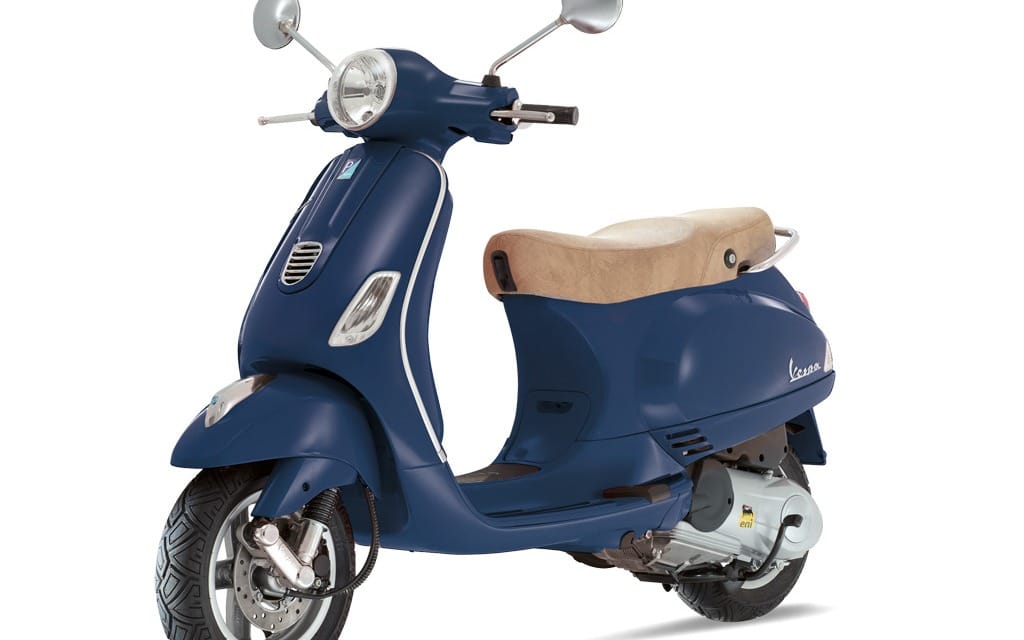
- Impact of age on insurance rates Younger scooter riders, especially teenagers, often face higher insurance rates due to their lack of experience and higher risk factors. Insurance rates typically decrease as the rider gets older and gains more driving experience.
- Considerations for new drivers New drivers, regardless of age, often face higher insurance rates. Taking a driver’s education course or defensive driving course can help lower insurance premiums for new scooter riders.
B. Type and value of scooter
- Scooter make and model The make and model of the scooter can affect insurance rates. Sportier, more powerful scooters may have higher rates due to their increased performance capabilities and higher risk factors.
- Estimating the value of your scooter The value of the scooter also impacts insurance rates. Newer and more expensive scooters will have higher premiums as their replacement or repair costs are higher.
C. Location and usage
- Urban vs. rural areas Scooter insurance rates can vary based on the location of the insured scooter. Urban areas with higher traffic congestion and greater risks of accidents may have higher insurance rates compared to rural areas.
- Mileage and frequency of use The mileage and frequency of scooter use can influence insurance rates. Scooters that are driven more frequently or have higher mileage may be more prone to accidents or wear and tear, leading to higher premiums.
D. Personal factors
- Driving record and history A clean driving record with no accidents or traffic violations can help lower insurance rates. On the other hand, a history of accidents or violations may result in higher premiums.
- Credit score and insurance premiums In some cases, insurance companies may consider an individual’s credit score when determining insurance premiums. A lower credit score might result in higher rates, as it is seen as an indicator of higher risk.
IV. Finding Affordable Scooter Insurance
A. Comparison shopping
- Researching different insurers When looking for affordable scooter insurance, it’s important to research and compare different insurance companies. Look for reputable insurers that have experience in insuring scooters and motorcycles. Check their customer reviews and ratings to gauge their reliability and customer service.
- Obtaining multiple insurance quotes Once you have identified a few potential insurers, gather insurance quotes from each of them. Provide accurate and detailed information about your scooter, location, and driving record to get the most accurate quotes. Compare the coverage options and premiums offered by each insurer to find the best value for your specific needs.
B. Discounts and savings
- Bundling with other policies One way to lower your scooter insurance cost is by bundling it with other types of insurance policies you may already have, such as auto or home insurance. Many insurers offer multi-policy discounts, which can help you save money on your overall insurance costs.
- Safety course discounts Completing a certified safety course can often qualify you for a discount on your scooter insurance premiums. These courses provide valuable knowledge and skills to help you become a safer and more responsible rider, which insurers recognize and reward.
- Good student discounts If you are a student and maintain good grades, you may be eligible for a good student discount on your scooter insurance. Most insurers offer this discount to encourage and reward responsible behavior both on the road and in the classroom.
C. Deductibles and coverage limits
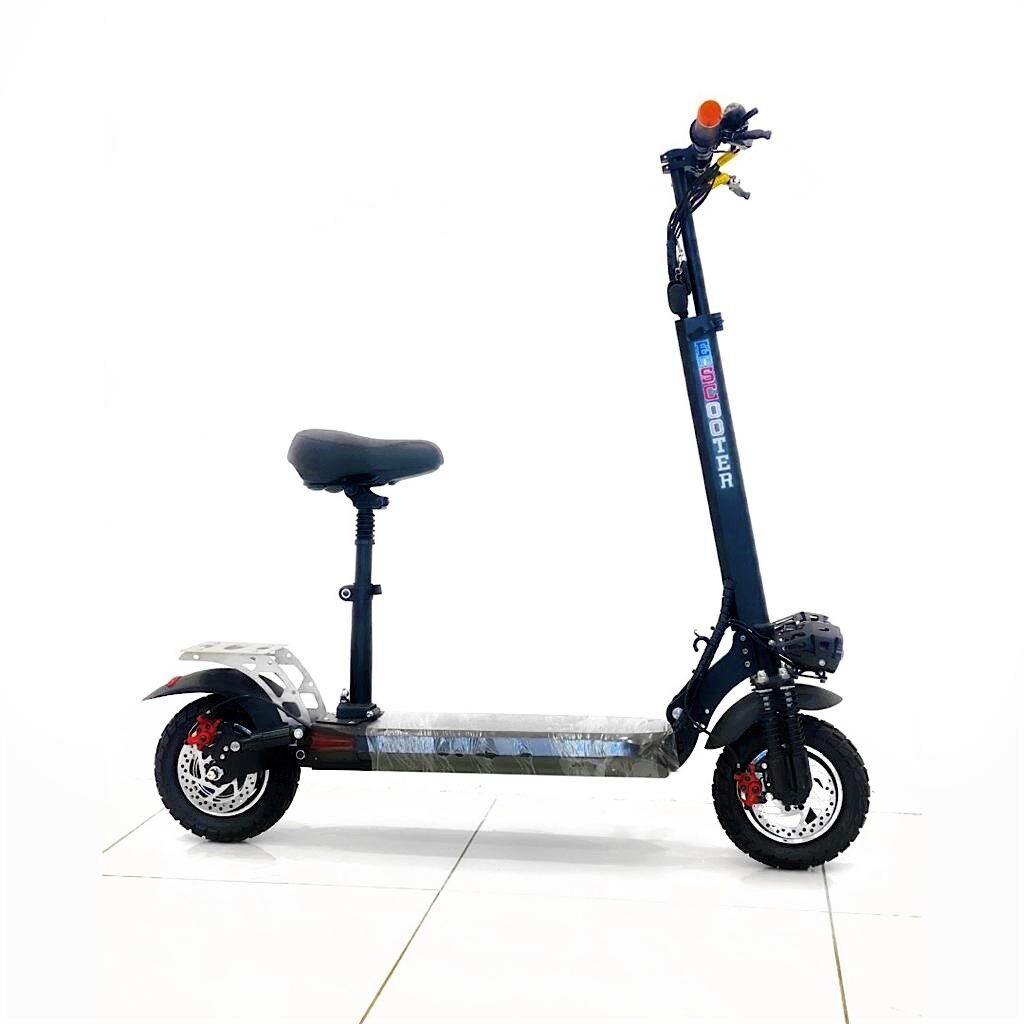
- Understanding deductible options When choosing your scooter insurance policy, you will need to select a deductible amount. The deductible is the out-of-pocket amount you will have to pay before your insurance coverage kicks in. Higher deductibles generally result in lower premiums, so consider your financial situation and risk tolerance when deciding on the deductible amount.
- Balancing coverage limits vs. premiums It’s important to find the right balance between coverage limits and premiums. While you may want to save money on premiums by opting for lower coverage limits, it’s essential to ensure that you have adequate coverage in case of accidents or damages. Evaluate your needs and assess the potential costs of repair or replacement to determine the appropriate level of coverage for your scooter.
V. Understanding Scooter Insurance Claims
A. Filing a claim
- Reporting the accident or damage In the unfortunate event of an accident or damage to your scooter, it’s crucial to report the incident to your insurance company as soon as possible. Most insurers have a dedicated claims department or hotline that you can contact to initiate the claims process. Provide all necessary details about the incident, such as the date, time, location, and any other relevant information.
- Providing necessary documentation When filing a scooter insurance claim, you will need to provide documentation to support your claim. This may include photographs of the damage, police reports, estimates for repairs, and any other relevant paperwork. Ensure that you keep copies of all documents and communicate promptly with your insurance company throughout the claims process.
B. Claim settlement process
- Working with insurance adjusters After you have filed your scooter insurance claim, an insurance adjuster will be assigned to review your case. The adjuster will assess the damages, review the documentation provided, and determine the coverage and compensation you are entitled to. It is important to cooperate and provide any additional information or clarification required by the adjuster to expedite the claim settlement process.
- Common claim scenarios and outcomes Scooter insurance claims can vary depending on the circumstances of the incident. Common claim scenarios include accidents involving other vehicles, theft or vandalism, and damage caused by natural disasters. The outcome of the claim will depend on the coverage, evidence provided, and the terms and conditions of your insurance policy. It’s important to familiarize yourself with the specific coverage and limitations of your policy to understand what you can expect in different claim scenarios.
Understanding the process of finding affordable scooter insurance and navigating the claims process can help scooter owners make informed decisions and effectively protect their investment. By comparing insurers, taking advantage of discounts, and understanding the claims process, you can ensure that you have the necessary coverage in place and are prepared for any unexpected incidents involving your scooter.
